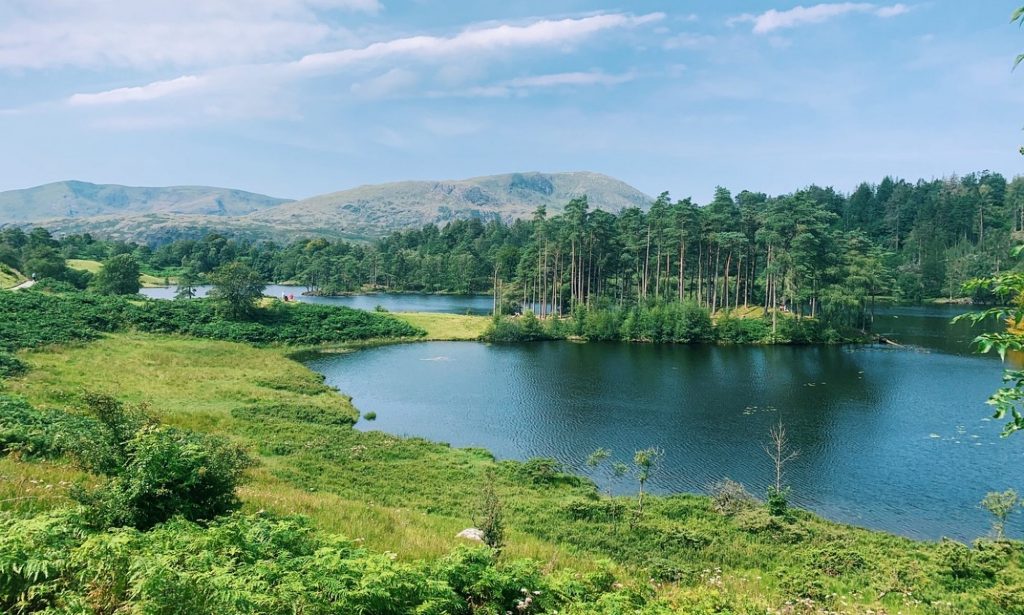Looking at the next steps of investigating my research question of:
“How can nature or natural structures evoke social interactions in spaces where food is consumed?”
I have created a plan of action as to what needs to be addressed over the coming weeks in order to address the brief of Project 5.
Area/ Context of My Project:
- What is the area/ context of my research?
- Research current natural sustainable structures/ buildings/ items out there surrounding the consumption of food
- Utilise appealing designs or videos to make data digestible and audience friendly
- Record research visually as well as the written word to keep it engaging
- Make data comparative and proportional
- Research current natural sustainable structures/ buildings/ items out there surrounding the consumption of food
- How will I research it?
- Academic papers
- Biophilic design
- Nature in building
- Social interactions around food
- Social interactions in differing spaces
- Temporary structures with nature
- Websites
- Assess how restaurant and other spaces in which food is consumed utilise nature at present and how this impacts social interactions – (try and observe this in person once spaces are open after restrictions are lifted)
- News Articles
- Academic papers
- Outline what change is possible in the area
- Create a new natural sustainable product to evoke social interaction?
- Changes in behaviour – how people utilise spaces around food
- Changes in approach to sustainable structure – nature bound intrinsically into the built structure
Stakeholders:
- Who are the people and organisations involved in this field?
- How would they be affected by the changes I propose – for or against?
- What power do they hold in the situation/ context?
- Reach out to experts– get their opinions on the issues that a natural structure could alleviate and also what materials and forms might work – Temporary, semi- permeant or permeant structure?
- Industrial designers
- Structural engineers
- Sustainable/ natural designers
- Materials experts
- Product developers
- Hospitality spaces – events companies?
- Reach out to consumers – gather opinions on what kind of structures they would utilise and how nature could be utilised to evoke social interactions
- Could the structure be utilised for domestic use as well as commercial? – eg: in people’s gardens or homes? or is it social – found in parks etc?
- What features of existing structures do they like/ dislike – how can they be addressed and improved?
The Change I Look to Make: (move outside of my comfort zone)
- What is the change I wish to make and why is it necessary?
- Changes in social behaviours and attitudes towards sustainability and nature by the utilisation of a product?
- To what extent would a product be viable for a business model – would the structure work?
- Look to learning how to use CAD
- To be able to create 3D models of designs for structures
- Possible interventions:
- Test models with stakeholders
- Can be physical models, but prepare for judgement over the quality of the model impacting people’s opinions of the proposed design – high quality model will suggest a high-quality finished design, which you will have to be able to deliver, or a low quality/ unfinished model may reflect poorly on the design
- Focus on demonstrating the idea – not so much the aesthetics, as to test the idea first and then visuals can be adapted later, by collaboration with stakeholders
- Invitation to create with nature
- Provide people with natural materials/ apparatus and ask them to form what social interaction means to them out of the apparatus – utilise the outcomes to realise change in how nature can be utilised to form structures, even as small models
- How do people respond to nature? how does nature aid their wellbeing?
- Simulate how changes in configurations of spaces in which food is consumed alter interactions in that space?
- Test models with stakeholders
Remember– Keep bibliography of source materials used or that I plan on using as I go
Having outlined all of the work I need to address during Project 5, I have developed a week by week guide as to the tasks I aim to complete over the course of this project; which you can see below.
| Week of Project 5 | Tasks to Complete |
|---|---|
| Week 1 (W.C. 8/3/21) Getting the ball rolling | Make blog – add project findings so far to blog Formulate plan of action Find some useful sources to read/ people and organisations to contact (ALL WEEK 1 TASKS ARE NOW COMPLETED) |
| Week 2 (W.C. 15/3/21) Begin in-depth research | Read and record data from academic papers, news articles and websites to utilise for in-depth study Outline what is already out there and what change is possible in the area Identify all possible stakeholders Contact at least 15 expert stakeholders/ stakeholder groups and 10 consumers as stakeholders |
| Week 3 (W.C. 22/3/21) Continue in-depth research | Follow up any leads that have come out of week 2 research and peruse them to gain greater depth of knowledge and understanding Build greater relationships with stakeholder and test ideas with them Continue researching via academic sources, websites and news articles as well as contacting new stakeholders to further knowledge |
| Week 4 (W.C. 29/3/21) Finalise outcome | Consolidate research and how to then take the findings further Possibly begin to outline what possible interventions could be developed next |
| Week 5 (W.C. 5/4/21) Holiday week | Polish off any outstanding items ready to present on the 12th April but try to have some time off on this week |

